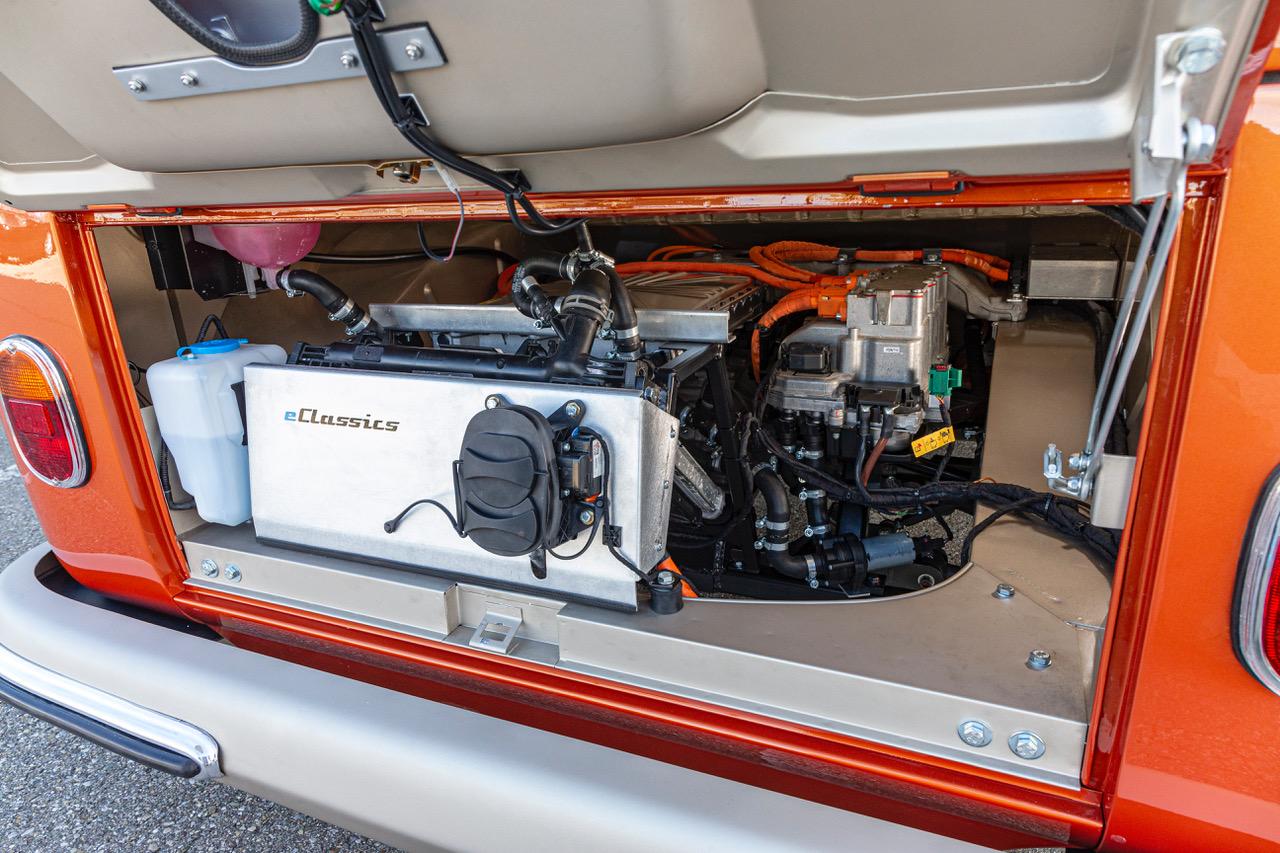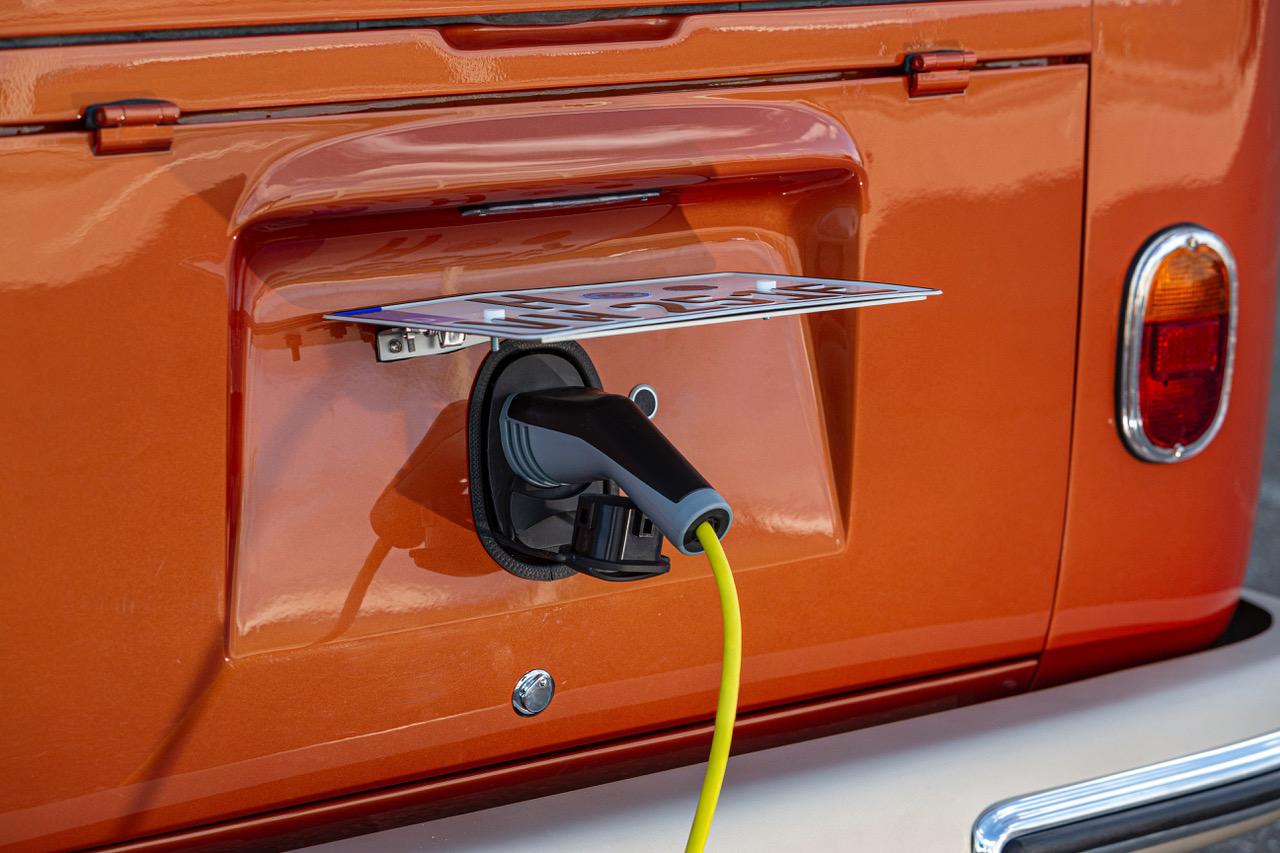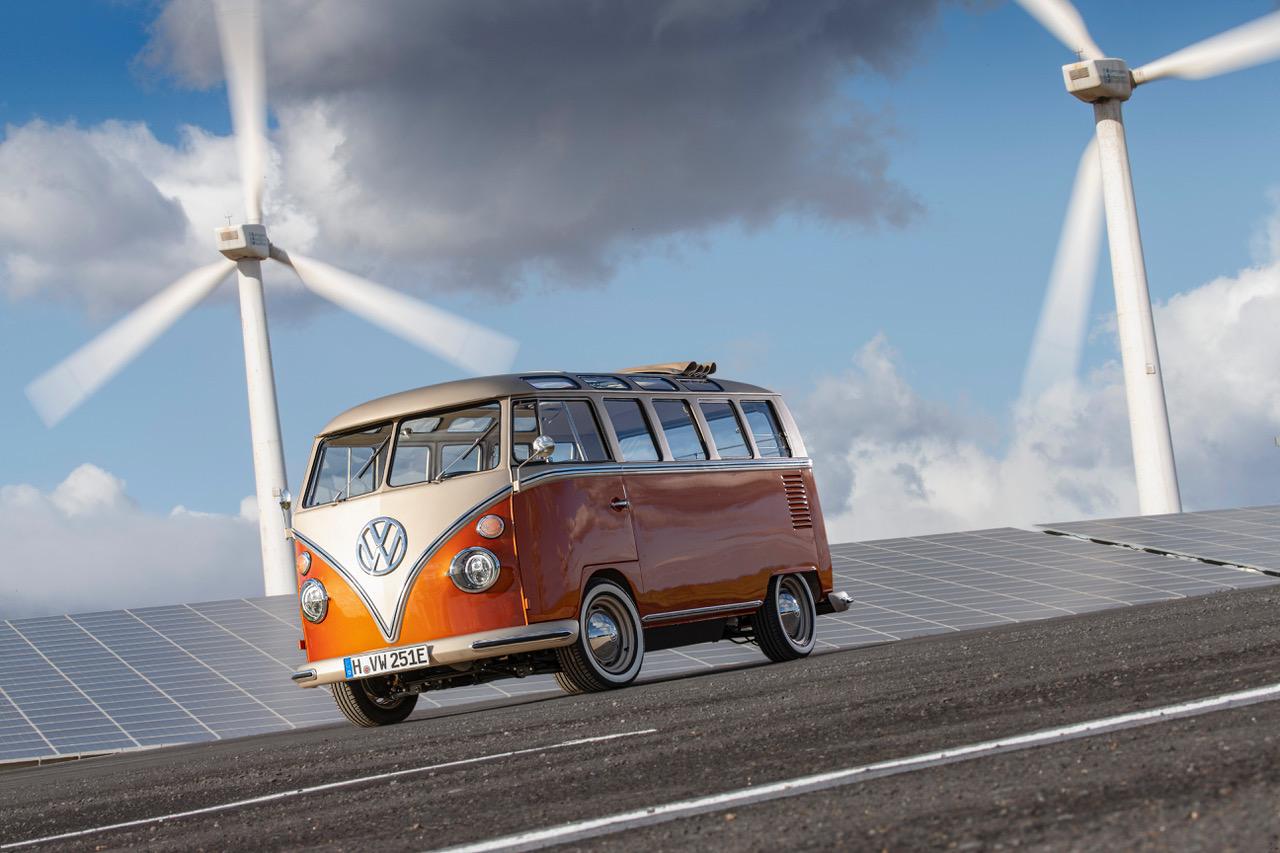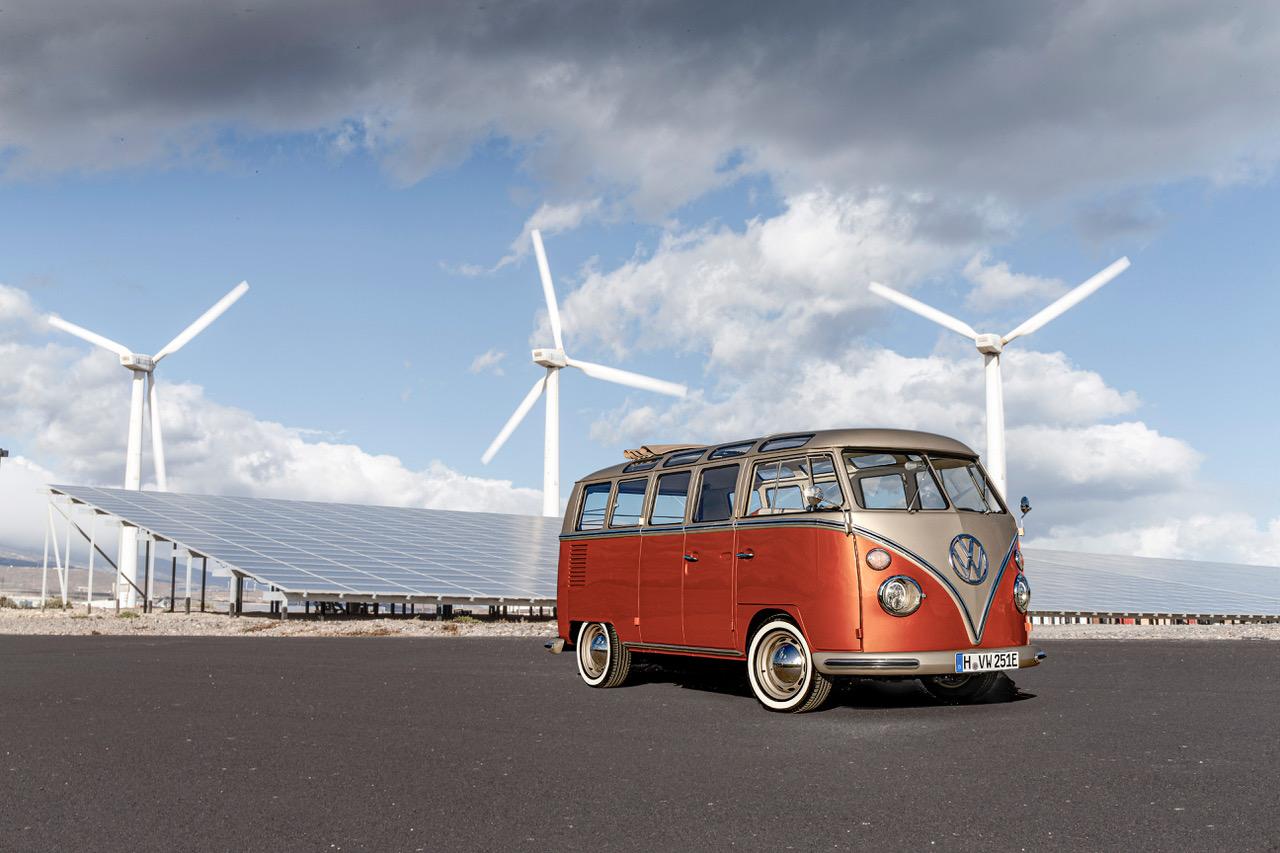Is this the coolest '66 Samba Van you've seen?
Words by Mark Ewing
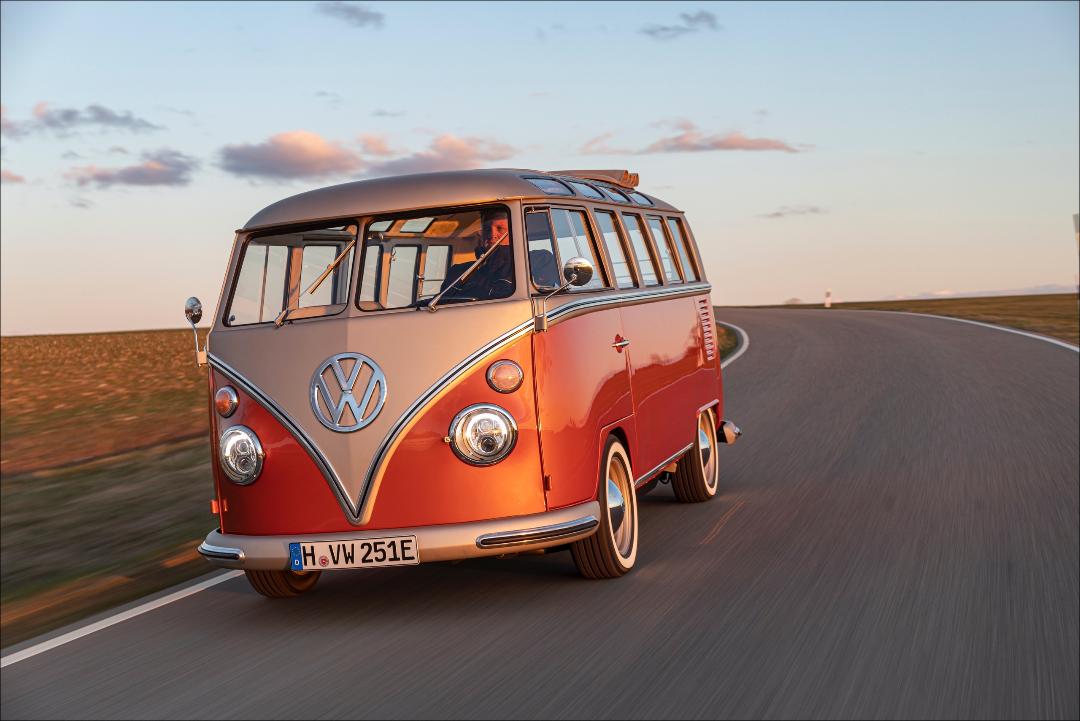
What is it?
Volkswagen will soon launch ID, a comprehensive line of zero-emission battery-electric vehicles (BEV) and to showcase and preview the ID powertrain, VW engaged eClassics to convert a 1966 VW ‘Samba’ van to ID powertrain.
eClassics can replicate this vehicle and other vintage VWs by commission and this creation comes complete with redesigned front and rear axles and infotainment system, prices start at €64,900 (£58,500, $70,600US).
The vehicle is a collaboration between a tier one carmaker and one of its favored special projects shops and Volkswagen is committed to society’s transition to zero-emission battery-electric vehicles. The first of VW’s comprehensive line of ID vehicles will arrive in late 2021/early 2022, priced within reach of the broad swathe of buyers in the United Kingdom, European Union and the United States. Among the first battery-electric VWs to arrive will be the ID.BUZZ, which interprets the Bauhaus design and functional architecture of the VW Type 1 ‘BULLI’ van of the 1950s and ‘60s.
To illustrate the playful side of battery-electric and tease the arrival of the ID.BUZZ, VW engaged a small German firm, eClassics, to collaborate on the build of a 1966 VW BULLI ‘Samba’ van that incorporates powertrain and suspension systems from the current VW eGolf and the upcoming ID vehicles.
Germans call these VW vans ‘Kombi’ or ‘BULLI,’ or by their generation (T1, T2, T3). The Samba was a special ‘luxury’ travel version of the T1 BULLI with panoramic windows and a two-row folding fabric sunroof. In my California childhood, we had a simpler moniker, calling them “Hippie Vans.” Funny that a symbol of 1960s counterculture is now a design icon of the wealthy.
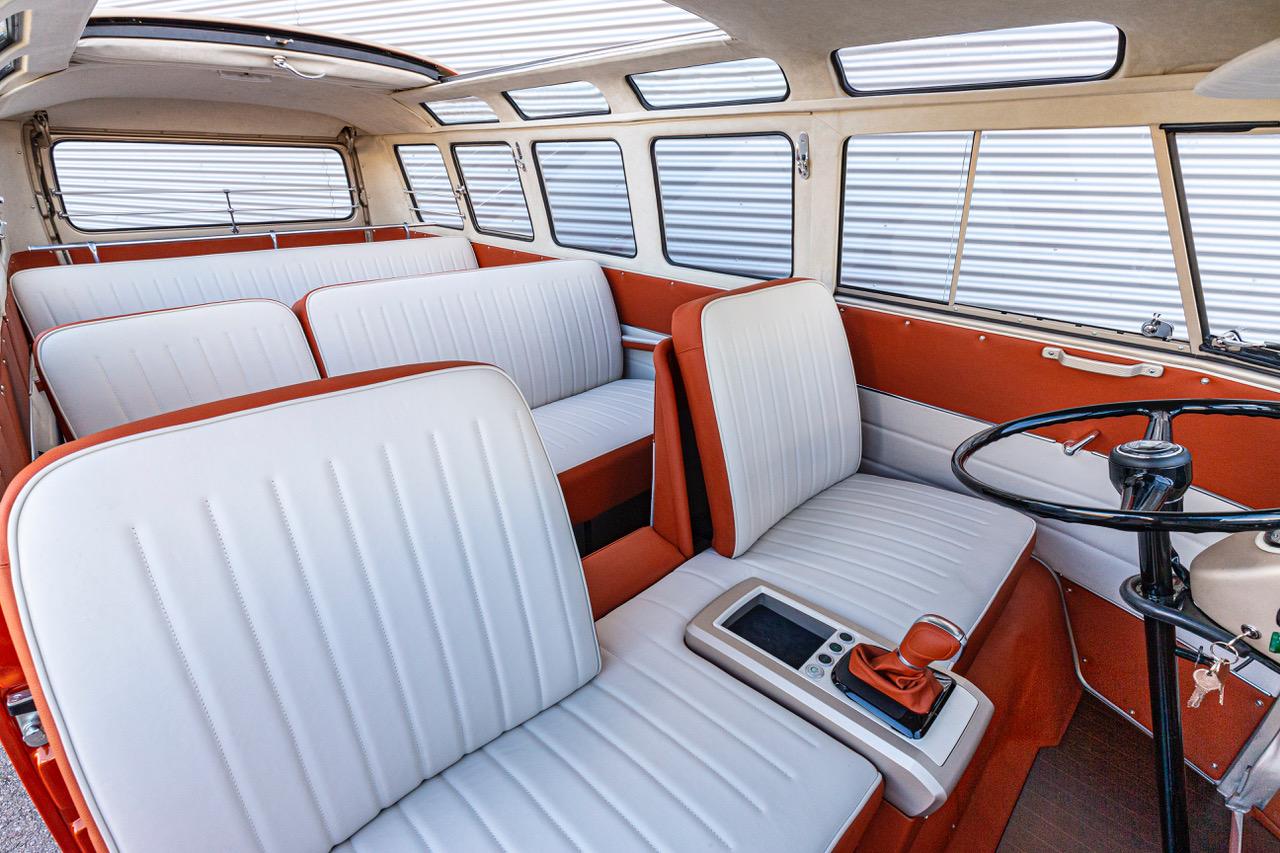
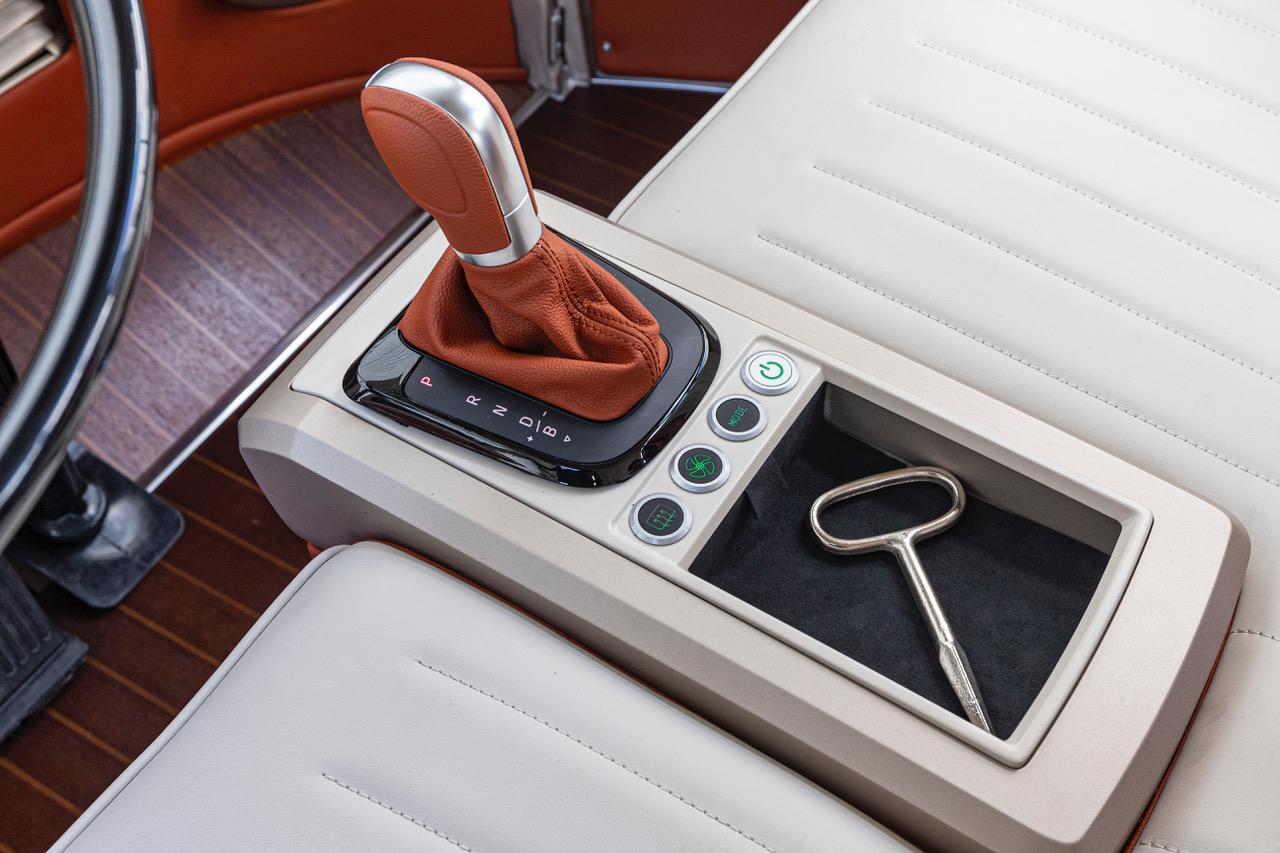
Radically updated specifications
VW snapped up a well preserved 1966 Samba van that spent its entire life cruising the blissfully salt-free roads of my native California. eClassics gutted the vehicle down to its bare shell. The original 43-horsepower boxer-4 engine was replaced with an electric motor that produces double the power.
Most important, the VW electric motor has 156 lb-ft of instant-on electric torque, more than doubling the torque of the old boxer-4 with the battery being housed in the vehicle floor, keeping the center of gravity low to ensure good handling and a balanced feel on the road.
eClassics has adopted VW multi-link front and rear axles, adjustable dampers and coil-over struts, plus a new steering system and 4-wheel vented disc brakes. In short, 21st Century suspension is grafted onto the ancient body shell.
Combine the instant torque, low center of gravity and all the fine suspension pieces and this Samba will dance with grace, something no bog-slow original Samba could ever achieve. Because the BULLI architecture places the driver directly above the front axle and there’s limited overhang front or rear, these vans are highly maneuverable in tight spots.
Designers at the Volkswagen Commercial Vehicles design center directed transformation of the Samba. The interior reminds of the ‘So Cal Look’ VWs most of my high school and college friends built in the 1970s and ‘80s, seating stitched up in Saint Tropez and Saffrano Orange. Solid wood flooring brings a 1960s surfer sensibility. Yet this Hippie Wagon incorporates contemporary electronics.
The speedometer is an evolved original, with a 2-digit display that indicates range and other useful information. The dial has a stylized BULLI symbol. The audio system may look period-correct, but it is digital contemporary. The tablet in the forward roof panel works with VW We Connect. Many of the controls are clearly lifted from the current VW or future ID parts bin.
More than just a concept?
It’s easy to dismiss this as a corporate morale project aimed at seducing writers like myself. The VW comms department had a say in design, a point not to be overlooked. But this is also a serious capabilities demonstration, and customers in the EU can commission a Samba with eClassics. If the world converts to battery-electric vehicles - and the Germans from Angela Merkel on down are on board - many of us will want to bring our vintage cars along. I own a 1940s Cadillac I’d love to convert to battery-electric propulsion.
European customers who find this Samba enticing can commission one with eClassics. Complete with redesigned front and rear axles, prices start at €64,900 (£58,500, $70,600US). Conversions of the later T2 and T3 VW vans are offered, too. Pricing is above and beyond purchase of the donor vehicle, so assume $100,000+ for a final vehicle.
In Europe, eClassics offers a component kit to vetted dealerships, demonstrating that this is not a backyard nerd conversion, but instead the product of legions of talented German engineers. This BEV Samba is perfect for a winter home in Spain, Portugal, or the Côte d’Azur. Or for life on the California coast from Santa Cruz to Malibu to Mission Bay.
